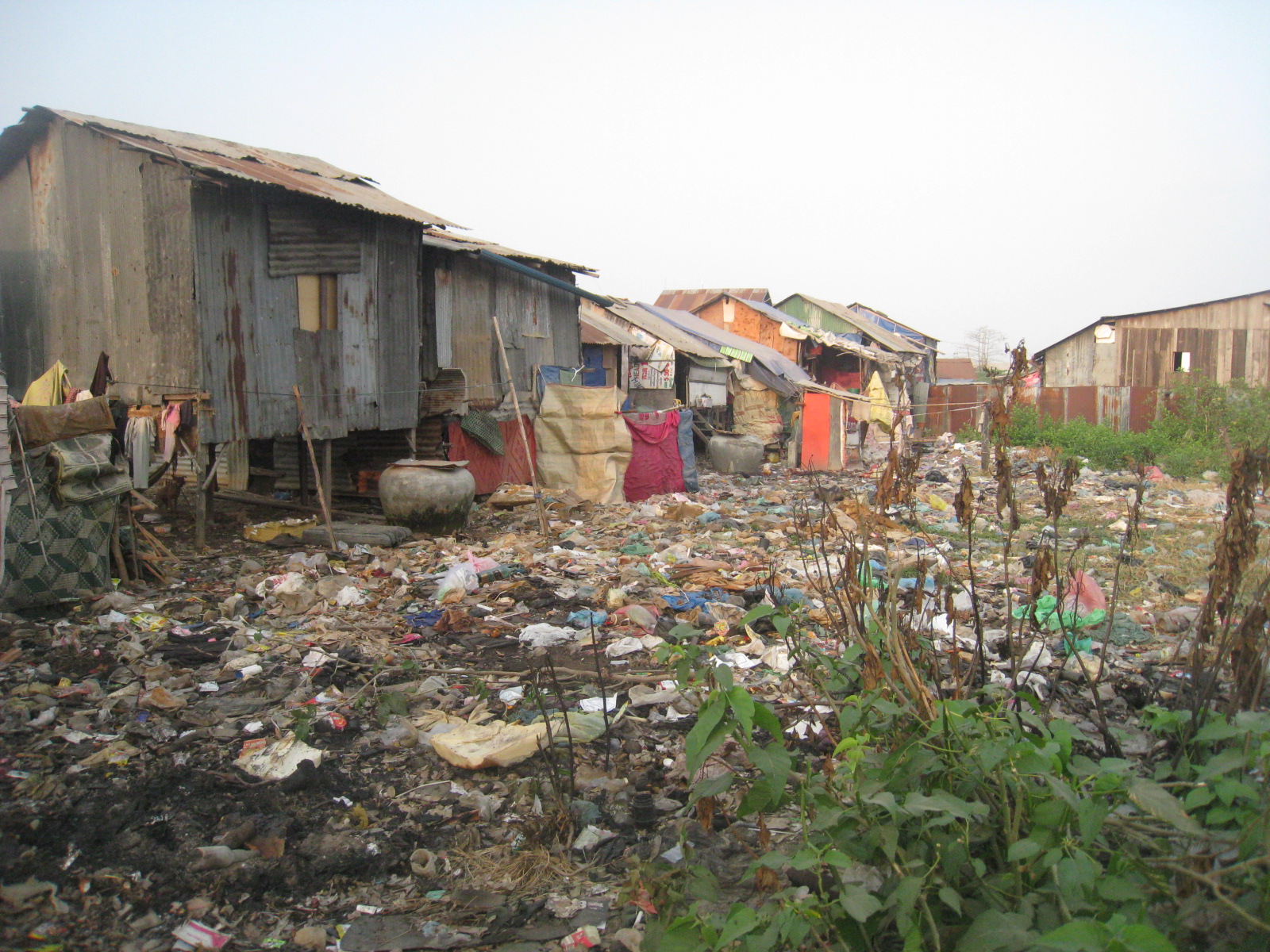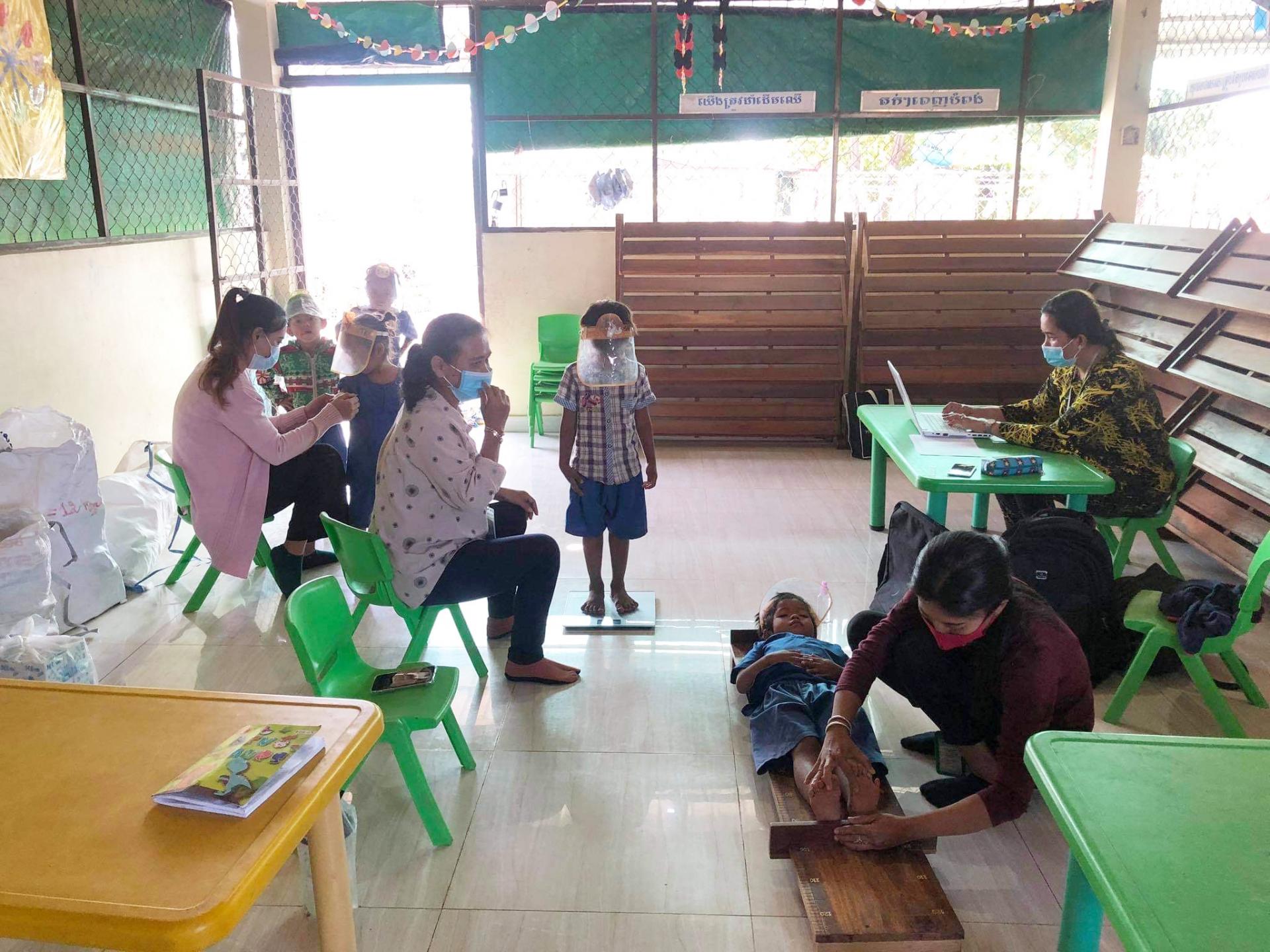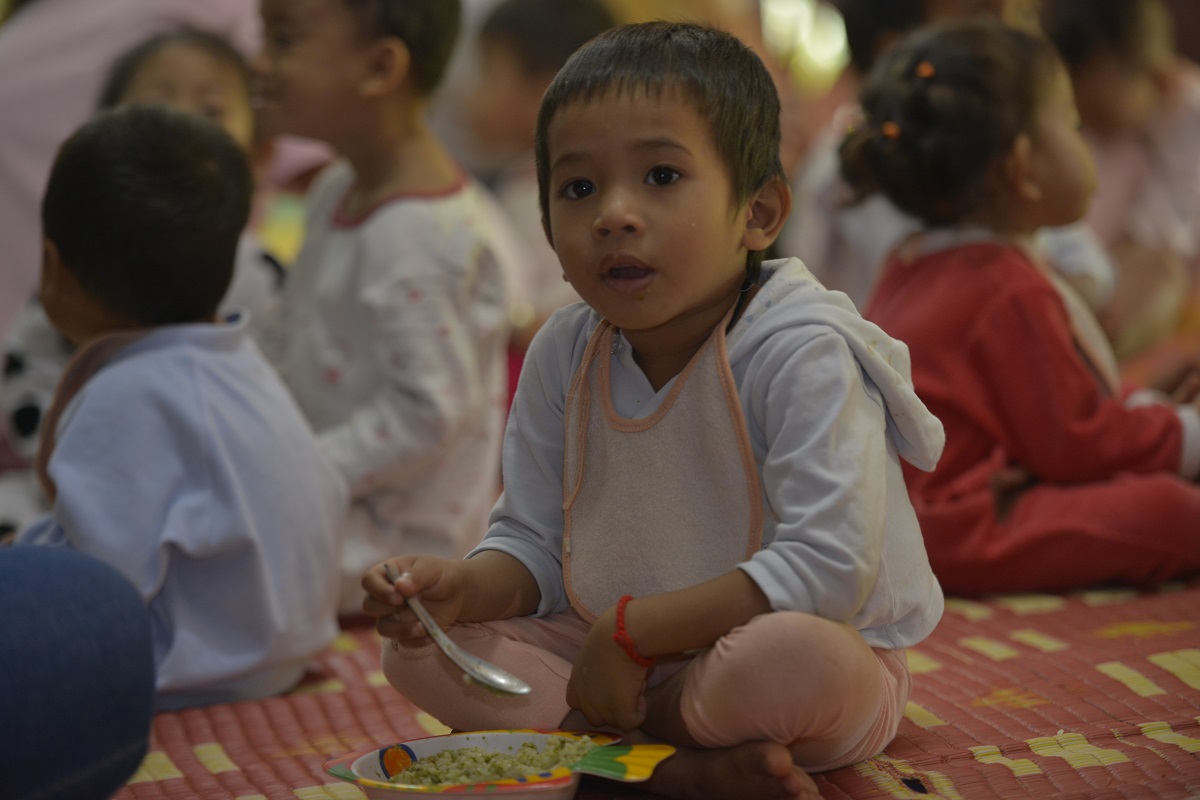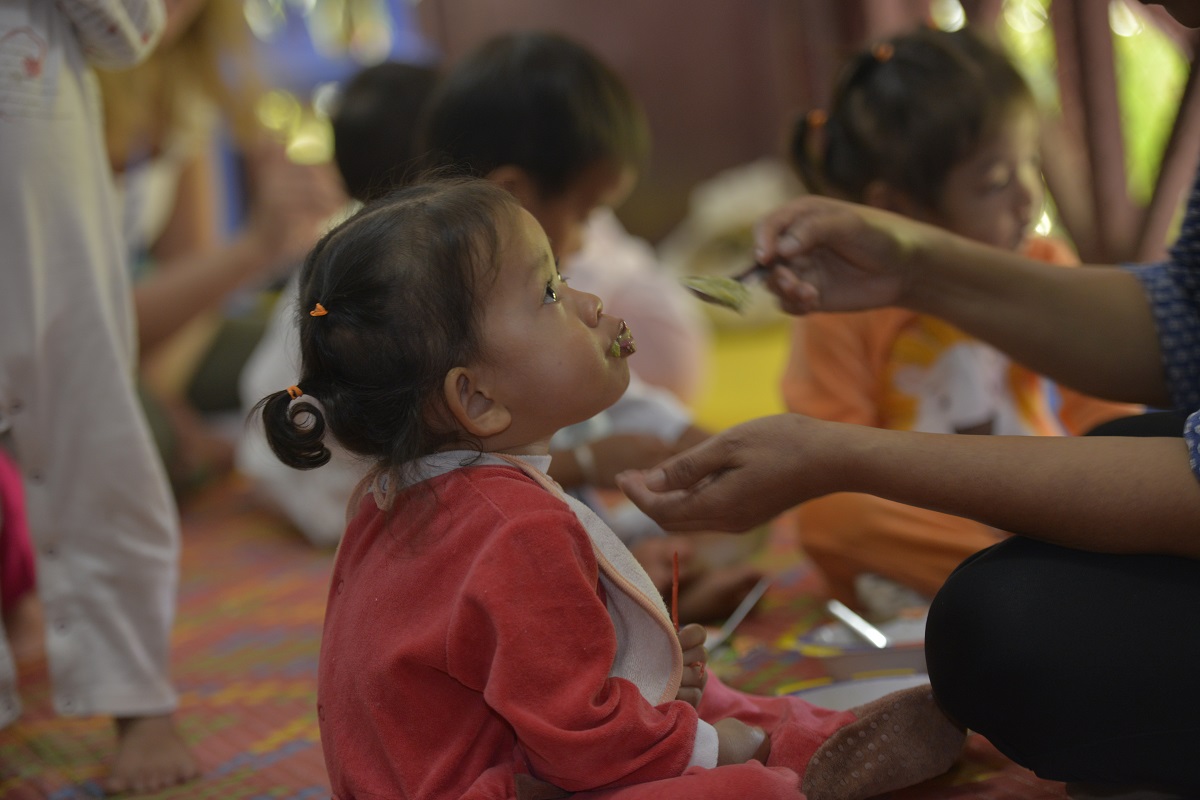
Pour un Sourire d'Enfant fights against childhood malnutrition
The difference between malnutrition and undernutrition
Undernutrition is a form of malnutrition characterised by a lack of food. Undernourished people suffer from hunger. Malnutrition, on the other hand, is more about not having the nutrients and food needed to develop or for your body and brain to function properly.
What are the causes and consequences of malnutrition?
Its causes
Conflicts, extreme weather events, economic downturns and pandemics are some of the most common causes of childhood malnutrition. Poverty and difficult living conditions are also at the root of world hunger. Lack of food and lack of income to buy the variety of foods needed for children's healthy development increase the risk. People living in unhealthy areas, coupled with a lack of water or medical care, are also particularly vulnerable to malnutrition.
Its consequences
Malnutrition has a particular impact on children and causes serious health problems: extreme thinness, stunted growth and mental development: concentration problems or learning difficulties.
It can also leave cerebral and intellectual after-effects, sometimes irreversible, especially for children under five years old. The bodies and brains of young children need sufficient food and balanced diets to develop properly.
Children who suffer from malnutrition are more prone to infections and are more likely to get sick. Finally, malnutrition can lead to death in the most severe cases.
Our fight against malnutrition
The actions implemented by Pour un Sourire d'Enfant
Fighting malnutrition is one of Pour un Sourire d'Enfant's major causes and its nutrition programme is one of the most important and longest running. Indeed, the first request of the children helped by Christian and Marie-France des Pallières was "one meal a day".
Today, all children in the association's programmes receive at least one meal a day!Menus are prepared in collaboration with the medical team to ensure that the nutritional needs of children and youngsters are met.
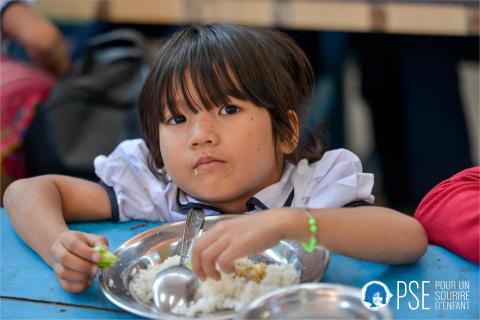
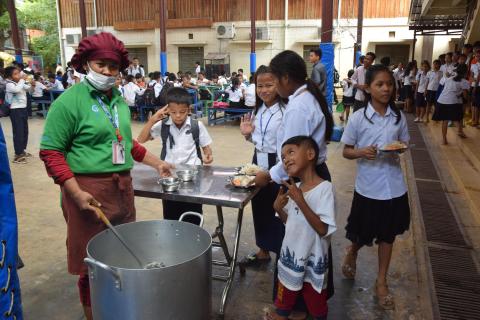
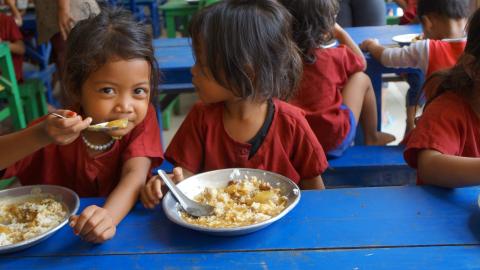
We screened children under the age of five and found there is still a high rate of malnutrition. This is why we have adapted our nutrition programme to protect the little ones from going hungry.
In the PSE nutrition centre, malnourished babies are taken care of. They receive three balanced meals a day. The most fragile or those whose parents cannot take care of them properly are taken care of all day through the PSE PMI service. Powdered milk is also distributed to mothers who cannot breastfeed.
How to act against malnutrition ?
Make a donation
Your donations are precious to help us fight malnutrition!
For example:
-
€40 = a daily meal for 20 children during the school week
-
€70 = 7 days of care for a toddler at the PMI
Q&A
- How is malnutrition diagnosed?
-
Health professionals use physical measures as indicators to carry out their clinical examination and make their diagnosis: weight-height ratio, height-age ratio, weight-age ratio, measurement of the arm circumference, etc. They may also investigate the child's food intake: eating habits, quantities eaten, availability of food in the home, etc.
All these indicators enable health professionals to determine whether a child is malnourished.
- What are the forms of malnutrition?
-
Malnutrition can take the form of undernutrition (stunted growth, low weight) or deficiencies. It can also be chronic or acute.
- What are the dangers of malnutrition for children?
-
Children are particularly vulnerable and fragile in the first 1,000 days of life. The impact of a lack of food or basic nutrients can be devastating, with physical and mental damage that can be irreversible. It can also lead to chronic pathologies or, in the most severe cases, to the death of children.
- How to fight malnutrition?
-
The fight against malnutrition begins with the early detection of cases. Care of the children, as well as that of pregnant women and mothers of infants, is necessary. Prevention and awareness programmes are also effective to ensure better nutrition in the population.
- How to treat malnutrition in children?
-
In order to treat malnutrition in children, food support must be put in place: through breastfeeding mothers, through the distribution of infant milk or through the distribution of daily meals for children. It must be coupled with regular medical monitoring to measure progress.



